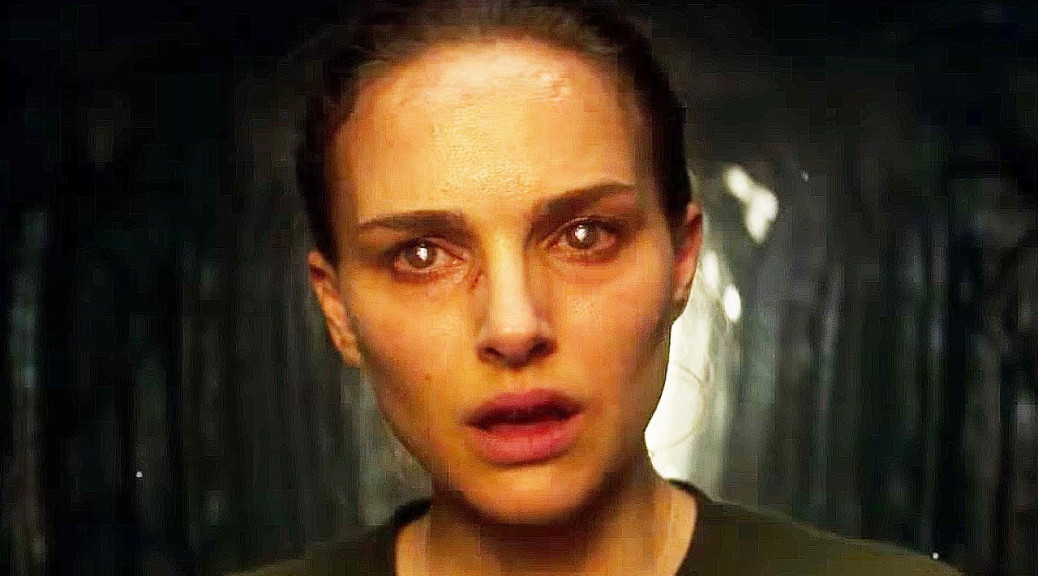
There’s nothing greater than a film that makes you think. A film that lingers on your mind long after the credits have rolled and is the subject of many conversation and discussion. Trying to piece together the puzzle of what you saw and coming to a conclusion that makes sense or still doesn’t add up.
Film, like all art forms, relies first and foremost on feeling. Regardless of whether or not the story makes sense, regardless of whether the film is good or bad, or if the special effects are convincing or not, if it doesn’t make you feel something, then chances are you won’t enjoy it.
If horror films feed off our fears, then mind-fuck films feed off our confusion. And with confusion comes fear, shock, and a whole plethora of unstable emotions. A good mind-fuck film should feel like someone’s been poking around in your head and left things quite not the same. We connect with the characters who a trying to make sense of their situations. Just like we try to make sense of our own lives at times. Just because it’s confusing doesn’t mean it should be hard to watch unless that’s the desired effect. Bad storytelling is bad storytelling.
With that in mind, we look at some of the greatest mind-fucks to ever grace the big screen. Naturally, this list won’t please everyone, but there are so many amazing mind-fuck films out there that it’s hard to include all of them. A mind-fuck to some may be simple math to others.
The joy of watching a mind-fuck film (or any film in fact) is seeing it for the first time. So be warned – spoilers ahead. Let the head scratching and head hurting begin.
25. Annihilation (2018)
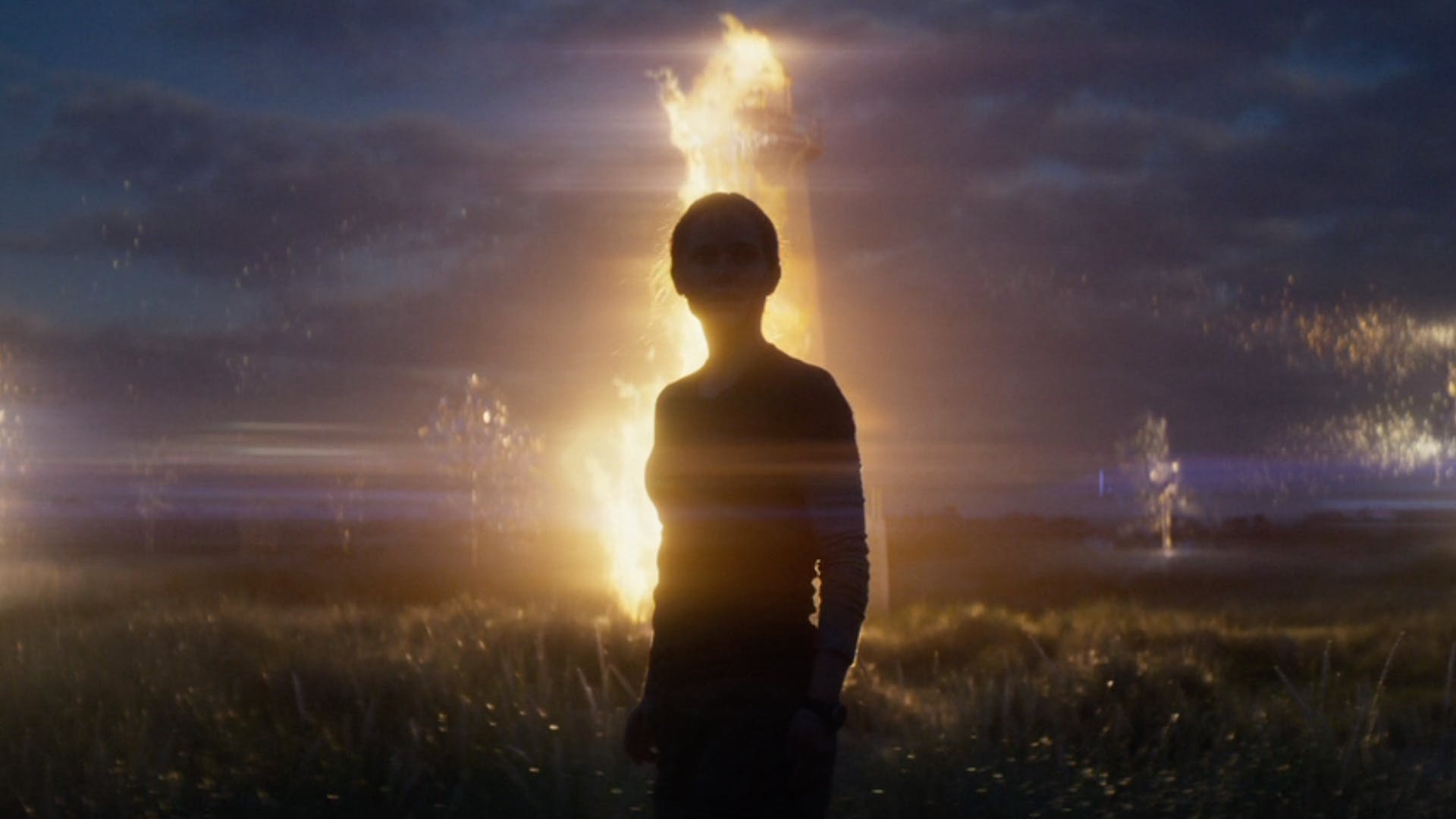
So far in his directing career, Alex Garland has successfully made two science fiction features that leave you thinking. Whereas “Ex Machina” was a claustrophobic look into the depths of the relationship between man and machine, “Annihilation” is a vast look into our relationship with the world at large.
Four military scientists set off to explore a mysterious quarantined zone that’s ever-expanding and has a few surprises waiting for them. It’s an experience that will leave them forever changed. With jaw-dropping cinematography, excellent and magical world building, intelligent writing and superb casting, “Annihilation” is a film like many on this list that requires repeat viewing to fully appreciate.
24. Coherence (2013)

What starts out as a normal dinner party between friends, family and lovers turns into mayhem as a comet that enters Earth’s atmosphere causes disturbances with cell network, electricity, and reality. Soon, a world of duality and alternate realities opens up. The film’s title tells you exactly what you’re in for… or maybe not.
Filmed on a shoestring budget, the actors were given a brief outline of their characters and were led to improvise scenes without a script. Just vague notes from the director after each take. But that doesn’t mean that writer/director James Ward doesn’t know what he’s doing. He crafted an engrossing film that ironically feels authentic in more ways than one. “Coherence” is a science fiction thriller that takes you to fear, comedy, drama, absurdity and obviously a mind-bending experience.
23. Solaris (1972)
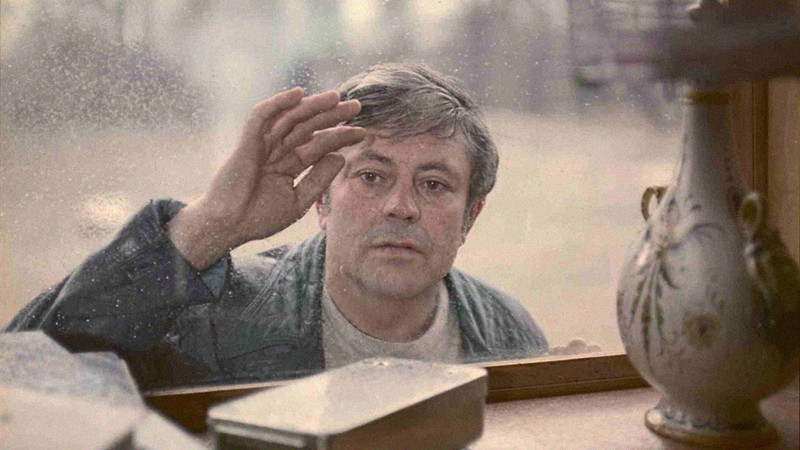
It’s hard to pick just one Andrei Tarkovsky film to include. “The Mirror” and “Stalker” are both worthy entries, but “Solaris” gets under your skin in a way the others don’t. It follows a psychologist who travels to a space station orbiting a fictional planet called Solaris to investigate a situation where the crew has fallen into individual mental crises that have stalled their mission.
Tarkovsky isn’t interested in the exhilaration of space travel or space exploration, but more of the great unknown and how it can impact our psyche. “Solaris” is a long, slow and meditative psychological drama masquerading as science fiction. The sets are immaculate and the visuals as usual with the director are beautiful, haunting and like quiet like nothing that has come before or after.
22. A Tale of Two Sisters (2003)
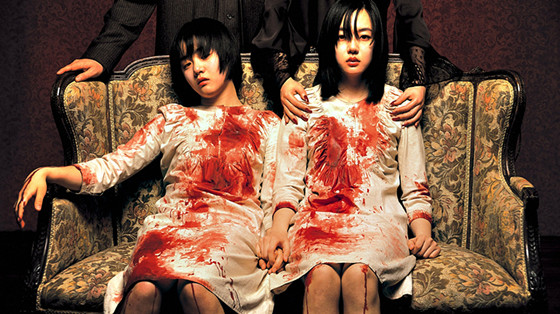
Like all good psychological horrors, “A Tale of Two Sisters” primarily focuses on character and drama instead of jump scares (of which there are a few) to get under our skin. Kim Jee-woon’s atmospheric masterpiece is based on a traditional Korean folktale that’s similar to “Snow White,” but more perverse and twisted.
A teenage girl is released from a mental institution and returns home with her sister to stay with their father and cold and distant stepmother. Aside from having to deal with their creepy stepmother, they encounter a ghost in the mansion, and experience mysterious lucid dreams regarding a family secret. With mesmerizing direction, attention to detail, impeccable sets and subtle storytelling with an ending you won’t see coming, a Disney tale this certainly is not.
21. The Game (1997)
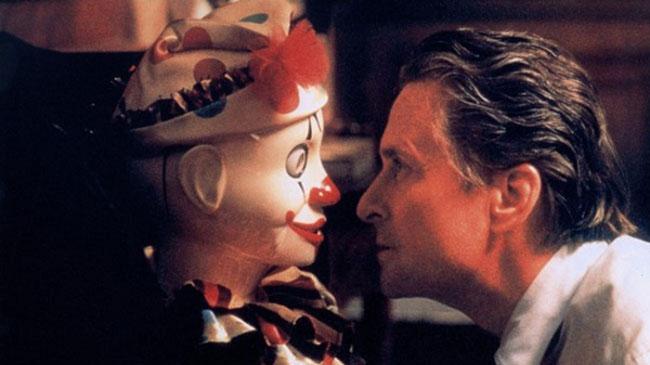
David Fincher has made a career out of making absorbing psychological thrillers, any one of which could’ve been on this list, but “The Game” edges them out because of its insane twists and turns. It’s not even Fincher’s best work, but definitely his craziest. The ending might have certain people throwing their hands up in the air in annoyance, but there’s a certain charm that makes it memorable.
An investment banker is given a gift by his wayward brother of participating in a strange “game” that will change his life forever. Things soon get out of control as his life is turned upside down. We’re put into the protagonist’s shoes as we try to figure out what’s going on and who’s who as everyone except him seems to be in cahoots about what exactly is going on. It’s filled with Fincher’s excellent visual work, atmosphere, conspiracy theory hysteria, and the types of twists and turns you either buy into or you don’t.
20. Brazil (1985)

Taking inspiration from George Orwell’s “Nineteen Eighty-Four” and replacing the novels bleak, nihilistic dystopian future with slapstick buffoonery, “Brazil” is a film that shouldn’t have worked, but you could say that about a lot of Terry Gilliam’s films. While it won’t leave you tormented and speed dialing your therapist like the novel, it will leave an impression nonetheless.
Centered on an unmotivated low-level government employee who keeps searching for a woman who keeps appearing in his dreams, “Brazil” says a lot of things about consumerism, technology, and government. It’s satire at its best and at its most ambiguous. You never know what’s going to happen next, including a bonkers appearance from Robert De Niro. It’s a visually dazzling sci-fi romp that moves at a leisurely pace but still keeps you invested.
19. Perfect Blue (1997)
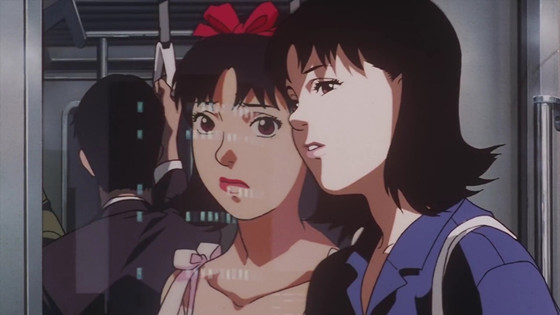
It’s ironic how the most talented people shun fame while those without any crave it. Fame can have a terrible impact on an individual and that’s what “Perfect Blue” seeks to address. With the lines between fantasy and reality blurred, animation can take the madness further than live action films can. Which is exactly what this Japanese animated psychological thriller does. It has a fair amount of violence and nudity that’s been an influence on Darren Aronofsky’s work, most notably “Black Swan.”
One member of a successful pop group decides to retire from music and become an actress. She soon descends into madness and paranoia as she’s relentlessly stalked and deals with the worst aspects of fame and show business. Women have always had it worse in the business as they’re forced or pressured to use their sexuality for professional and personal means. The film’s final line of dialogue, “I’m the real thing,” sums up the film perfectly with ambiguity and certainty.
18. A Page of Madness (1926)
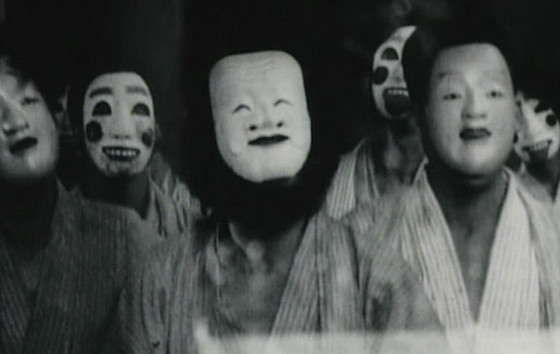
An early silent film classic that was thought to be long lost until its director rediscovered it in his garden shed 45 years later, Teinosuke Kinugasa’s “A Page of Madness” tells the story of a man who takes a job as a janitor at an insane asylum with the purpose of rescuing his wife, who’s a patient there. But his wife is either too far gone to remember him, or just simply doesn’t want leave.
The absence of intertitles or text to guide the viewer through its story can make it hard to follow. But that’s not why it’s a mind-fuck. The jaw-dropping images speak for themselves. It’s the exploration of insanity, delusion, and hysteria that makes it feel like a fever dream. It’s a dark exploration of the human condition’s psyche that is undoubtedly enhanced by its lack of explanation. Part of the avant-garde movement in Japan in an era that saw many Japanese films lost, Kinugasa’s still dazzles even today.